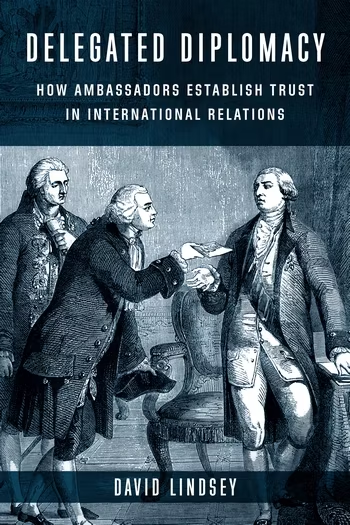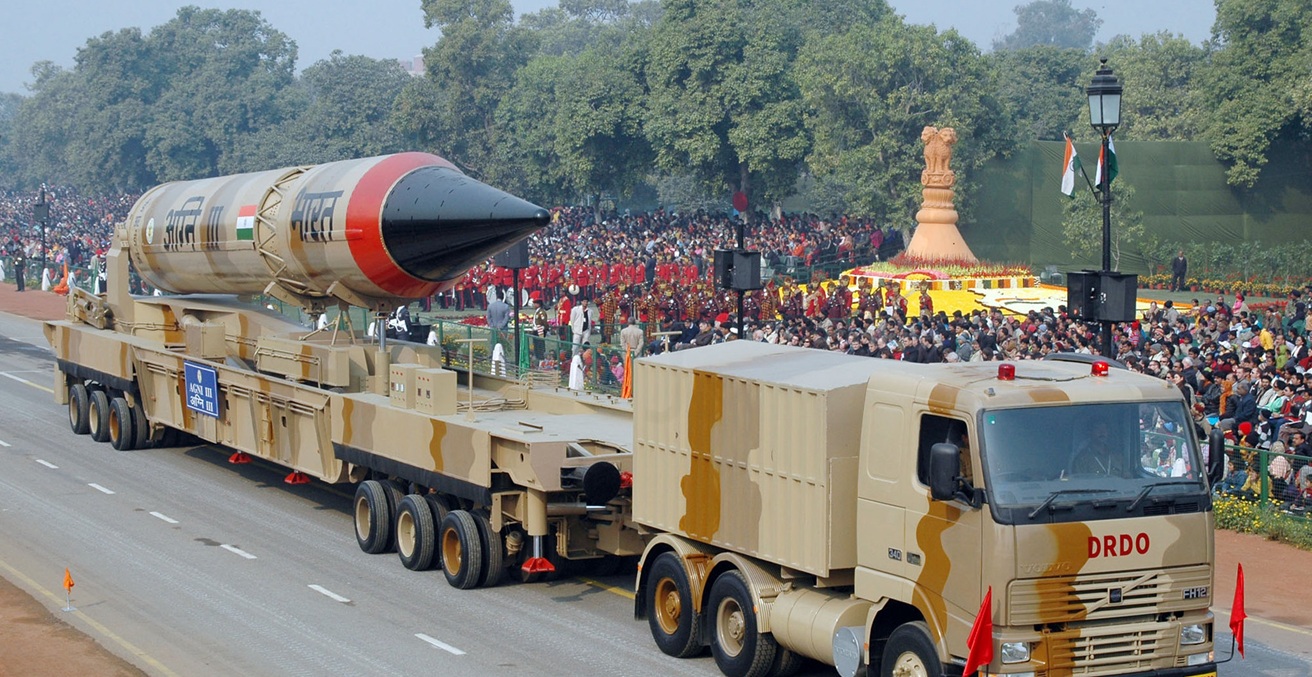The links between the growth in regional terrorism and ecological crisis are unmistakable. How terrorist groups use ecological threats to recruit new members is less clear.
According to the latest Global Terrorism Index (GTI) report, IS and its affiliate groups- Islamic State- Khorasan province (ISK), Islamic state- Sinai province (ISS), and Islamic state west Africa (ISWA) remain the deadliest terror groups in 2022. The report indicated that sub-Saharan Africa recorded the largest increase in terrorism deaths which amounts to about 60 percent of all terrorism deaths globally.
The sub-Saharan Africa region is laden with ecological challenges where risks related to food security, water, rapid population growth, and natural disasters are rapidly increasing to what has been labelled as “catastrophic.” Ecological threats add a threat multiplier allowing for terrorism to thrive and spread. This is especially relevant in countries with weak or fragile states such as those along the Sahel. The weaponisation of resource scarcity as a form of mobilisation to radicalisation by ISIS and its affiliate groups in the Sahel region is an understated phenomenon.
Ecological threats and Terrorism
The past eight years have been the warmest on record, and 2022 experienced yet more extreme heatwaves, drought, and devastating flooding, which created further resource shortages, shortfalls in agriculture output, more rural to urban migration, and governance issues. These effects are being particularly felt in areas where terrorism is already widespread and presenting significant challenges of its own.
Water shortages, for example, effect agriculture output, which is considered a major provider of jobs in many countries significantly impacted by both terrorism and ecological threats. In under-developed nations like those in sub-Saharan Africa, these shortages act as a motivation for individuals to join terrorist groups, who can offer higher wages than those available through legal employment. An example of this is al-Shabab in Somalia, covered below.
This is not to say that there is a direct correlation between a country or region experiencing ecological challenges and experiencing terrorism but that they often intersect. GermanWatch’s Climate Risk Index of countries impacted by ecological disasters features countries experiencing significant terrorism-related challenges as well – including the Philippines, Mozambique, Bangladesh and Pakistan.
Ecological threats and terrorism are interconnected in two important and corresponding ways. Firstly, climate change has intensified the drivers and conditions that encourage radicalisation. The ten most impacted countries by terrorism on the Global Terrorism Index has consistently included countries experiencing instability, poverty, weak governance and conflict. Ecological disasters can exacerbate these conditions.
The current research on the relationships between natural disasters and mobilisation to radicalisation shows that there is limited evidence-based data to causally tie ecological destruction and terrorism. Yet, reports from governments and civil agencies – including in the Sahel, South Asia, and Central Asia – have repeatedly shown that the impacts of drought, resource shortage, and decreased agricultural conditions have been contributing factors in recruitment and mobilisation by terrorist groups.
Secondly, it has also provided opportunities for terrorist actors to exploit extreme weather events to propagandise, recruit, and raise funds. Terrorist groups such as al-Shabaab in Somalia, Islamic State (IS) and its affiliates, Balochistan Liberation Army (BLA), and Jamaat Nusrat Al-Islam wal Muslimeen (JNIM) have exploited extreme weather events by filling the vacuum left by governments unable (or unwilling) to provide humanitarian relief, often in remote locations. For example, in Pakistan, Jamaat-ud-Dawa – the then front organisation of terrorist group Lashkar-e Taiba – offered huge humanitarian relief after the devastating floods in 2010. This came after wide criticism in Pakistan of the government’s slow and ineffective response to the crisis. Reports by Center for Global Development, a nonprofit research organisation dedicated to reducing poverty, indicated that the government of Pakistan “has clearly lost the war” in terms of winning credit for its relief efforts, and that Lashkar-e Taliba demonstrated that “they care about ordinary people.”
Similarly, in Somalia, by consistently undermining famine relief efforts, al-Shabaab forced the population in areas under its control to rely on them as the sole provider of public goods. This was made to undermine the Somali government and strengthen their own legitimacy. In water-short northern Iraq, ISIS captured, monopolised, damaged, and robbed water installations which allowed them to “recruit” farmers no longer able to access water and electricity. Even though these examples are not strictly driven by ecological disasters, the collective incidences of extreme weather events as well as great competition for resources illustrates that there will only be greater opportunities for terrorist groups to exploit further in the future.
Remobilisation of ISIS in the Sub-Saharan Africa region
The deadliest terrorist groups in the world in 2022 are Islamic State (IS) and its affiliates, followed by al-Shabaab, (BLA) and (JNIM). According to Global Terrorism Index 2023, IS remained the deadliest terror group globally for the eighth consecutive year, recording the most attacks and deaths of any group in 2022. The Sahel region in sub-Saharan Africa is now the centre of terrorism, with the Sahel accounting for more terrorism deaths in 2022 than both South Asia and the Middle East and North Africa (MENA) combined. Deaths in the Sahel constituted 43 percent of the global total in 2022, compared to just 1 percent in 2007, which shows a worrying increase.
Burkina Faso and Mali, two countries that represent the greater concern, accounted for 73 percent of terrorism deaths in the Sahel in 2022 and 52 percent of all deaths from terrorism in sub-Saharan Africa. Hence, both countries recorded significant increases in terrorism, with deaths in Burkina Faso increasing by 50 percent and in Mali by 56 percent. It is also important to point out that attacks in these countries are also becoming more deadly, with the number of people killed per attack increasing by 48 percent from 2021. This indicates that the threat of ISIS (and its affiliate groups) continues to linger in the Sahel region with potential for a bigger impact in the coming years.
The Danish Institute For International Studies (DIIS) has publicly called an alarm on the dangers of ISIS remobilisation. In the Sahel and Niger more specifically, DIIS has reported that the Nigerian army is unable to contain the spread of insurgent groups which gives ISIS more opportunities to win positions. Reports have indicated that the increase in terrorism there as rising by over 2,000 percent in the last 15 years. The political situation in the Sahel region intensifies this increase, with six coup attempts since 2021.
Yet, despite the intensified political situation, the primary drivers of the increase in terrorism are intimately linked to poor water utilisation, lack of food, ethnic polarisation, strong population growth, external intervention, geopolitical competition, pastoral conflict, the growth of transnational Salafi-Islam ideology, and weak governments. Literature on terrorism and radicalisation confirms that most of the terrorist activity occurs where government control is weakest. Alarmingly, of the 830 million people facing food insecurity globally, 58 percent live in the 20 countries most affected by terrorism. Moreover, several criminal organisations are falsely presenting themselves as Islamic insurgents, which partly accounts for attacks attributed to unknown jihadists, coined as the “Jihadisation of banditry.”
Dr Mariam Farida is a Lecturer in Terrorism Studies in the Department of Security Studies and Criminology at Macquarie university. Her research has been published in journals such as International Review for Social Research, Journal for Policing, Intelligence, and Counter Terrorism. She is also the author of Religion and Hezbollah: Political Ideology and Legitimacy (Routledge 2020).
This article is published under a Creative Commons License and may be republished with attribution.




